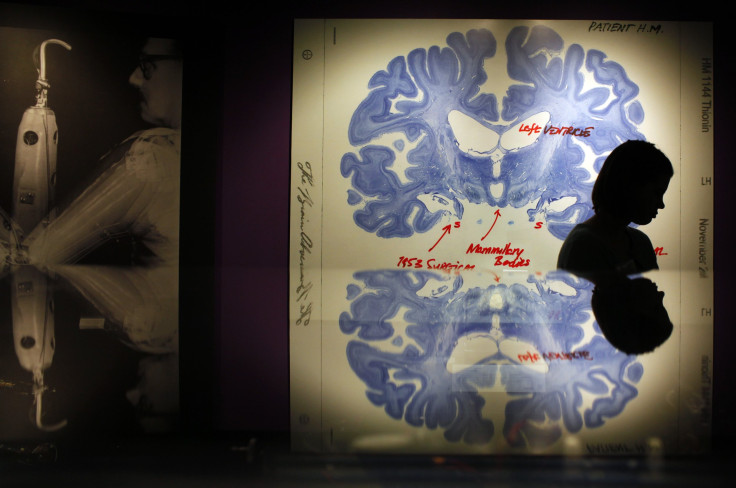Tiny Nanolaser Can Treat Epilepsy

Miniature lasers have been used extensively in cellular imaging, quantum photonics and 3-D sensing in smartphones. They also play a vital role in in-vivo cellular research. A newly developed nanolaser which is capable of functioning inside living tissues without causing any harm has paved the way for the treatment of various disorders.
The new nanolaser that can easily capture the insides of any living tissue, can also be used to locate biomarkers for several diseases and even treat neurological disorders like epilepsy.
The researchers at Northwestern and Columbia universities have recently developed a new biocompatible laser which is just 50-150 nanometers thick, approximately a thousand times thinner than a single human hair. They opine that the nanolaser appears to be promising for imaging living tissues.
Although the traditional nanolasers have been less efficient than the macroscopic ones and have made use of shorter wavelength, this new nanolaser comes with longer wavelengths of light and emits at shorter wavelengths.
"Longer wavelengths of light are needed for bioimaging because they can penetrate farther into tissues than visible wavelength photons," said Teri Odom, the lead researcher at Northwestern University. "But shorter wavelengths of light are often desirable at those same deep areas. We have designed an optically clean system that can effectively deliver visible laser light at penetration depths accessible to longer wavelengths", he added.
They overcame such difficulties via the process of photon upconversion (a process in which two or more photons are sequentially absorbed to enable the emission of light at shorter wavelength) using which low-energy photons get absorbed and converted into a single photon with higher energy. The nanolaser created by such low-energy and biocompatible infrared photons were upconverted to visible laser beams.
Moreover, the new nanolaser made of glass is transparent in nature, since it can generate visible photons when optically pumped with light that is not visible to naked eyes.
With about 2.4 million worldwide diagnosed every year, epilepsy has been treated using surgeries by far. The new nanolaser which is bio-friendly can be used to operate patients with epilepsy and also enable numerous new applications in biological imaging.
© Copyright IBTimes 2025. All rights reserved.






















